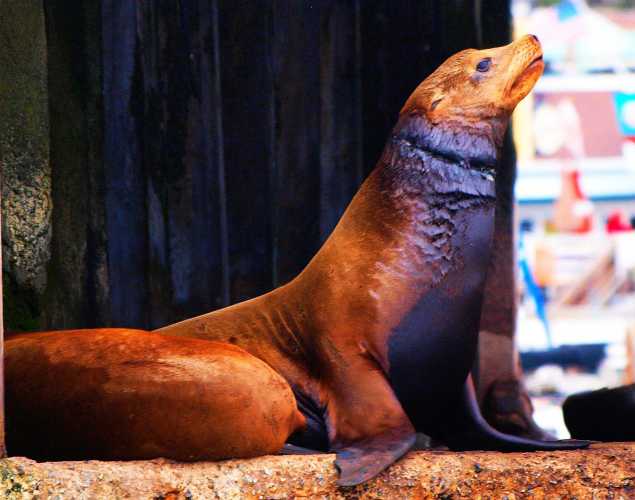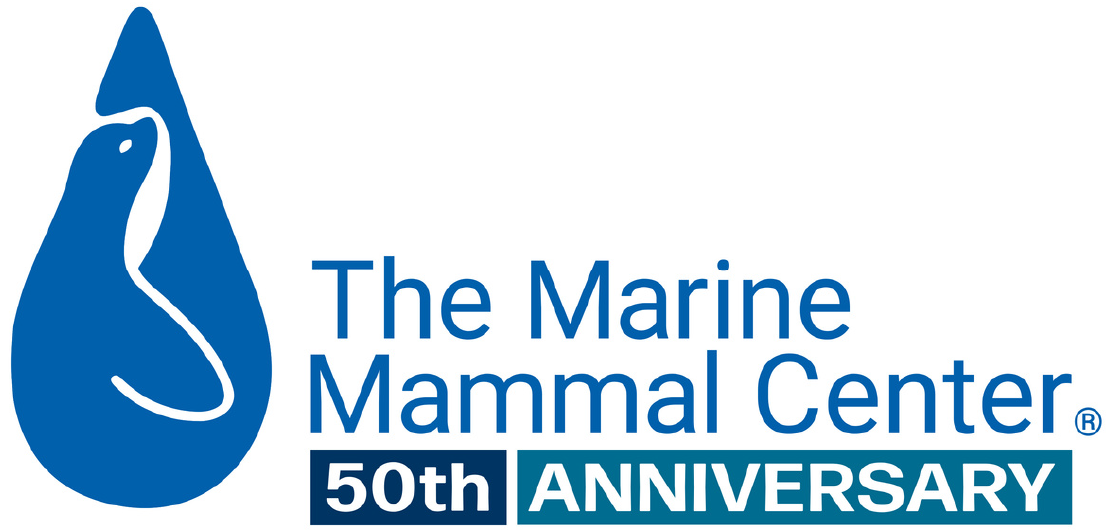
Use of Acoustic Transmitter-Equipped Remote Sedation to Aid in Entangled Sea Lion Response
- Entanglement
- Ocean trash
Abstract
Free-ranging California sea lions (Zalophus californianus) with marine debris entanglements were darted with a combination of medetomidine, butorphanol, and midazolam by using acoustic transmitter-equipped darts. Of the 15 animals sedated, 13 (87%) reentered the water and were tracked by using a unidirectional hydrophone. Sea lions that entered the water continued to surface and breathe postsedation. There were three mortalities (20%) during the course of this study due to the following: suspected drowning caused by entrapment under a dock, overdose due to inaccurate weight estimation, and trauma caused by a dart puncturing the animal's abdomen. The drug combination, new dart design, and tracking techniques allowed for successful remote sedation and capture of California sea lions in high-risk situations and improved our ability to determine the final outcome for all cases. These methods allow targeting and capture of individual animals, while minimizing disturbance to other animals.
Frankfurter, G., DeRango, E., & Johnson, S. (2016). Use of Acoustic Transmitter-Equipped Remote Sedation to Aid in Tracking and Capture of Entangled California Sea Lions (Zalophus californianus). Journal of Wildlife Diseases, 52(3), 730–733.
Related Publications
{"image":"\/Animals\/Wild\/California sea lion\/cropped-images\/wild-sea-lion-with-entanglement-scar-shutterstock-1338-335-4110-3210-1695081803.jpg","alt":"wild California sea lion with entanglement scar","title":"Disentanglement and Multi-Year Survival of a California Sea Lion with an Upper Airway Stoma Due to Entanglement","link_url":"https:\/\/www.marinemammalcenter.org\/publications\/disentanglement-and-multi-year-survival-of-a-california-sea-lion-with-an-upper-airway-stoma-due-to-entanglement","label":"Research Paper"}

Disentanglement and Multi-Year Survival of a California Sea Lion with an Upper Airway Stoma Due to Entanglement
Read More{"image":"\/Animals\/Patients\/California sea lions\/2020\/cropped-images\/csl-loki-by-bill-hunnewell-c-the-marine-mammal-center-133-0-2687-2099-1602462380.jpg","alt":"California sea lion Loki with neck wrapped in green fishing net","title":"Evidence of Anthropogenic Trauma in Marine Mammals Stranded Along the Central California Coast","link_url":"https:\/\/www.marinemammalcenter.org\/publications\/evidence-of-anthropogenic-trauma-in-marine-mammals-stranded-along-the-central-california-coast","label":"Research Paper"}

Evidence of Anthropogenic Trauma in Marine Mammals Stranded Along the Central California Coast
Read MoreRelated News
{"image":"\/Animals\/Patients\/Sea otters\/2025\/cropped-images\/so-mooring-release-2-laurie-miller-c-the-marine-mammal-center-USFWS-permit-MA101713-1-80-0-1270-992-1757003194.jpg","alt":"A southern sea otter rests in the ocean after being released from rehabilitative care.","title":"Entangled in Ocean Trash, Sea Otter Mooring Gets a Second Chance at Life","link_url":"https:\/\/www.marinemammalcenter.org\/news\/entangled-in-ocean-trash-sea-otter-mooring-gets-a-second-chance-at-life","label":"Patient Update","date":"2025-09-05 02:00:00"}

Entangled in Ocean Trash, Sea Otter Mooring Gets a Second Chance at Life
September 5, 2025
Read More{"image":"\/Animals\/Patients\/California sea lions\/2024\/cropped-images\/csl-pinger-entanglement-photo-by-bill-hunnewell-c-the-marine-mammal-center-119-0-1270-992-1740529371.jpg","alt":"An entangled California sea lion with a netting material around its neck. ","title":"What it Takes to Rescue an Entangled Sea Lion","link_url":"https:\/\/www.marinemammalcenter.org\/news\/what-it-takes-to-rescue-an-entangled-sea-lion","label":"News Update","date":"2025-02-27 02:00:00"}

{"image":"\/Animals\/Wild\/Harbor seal\/cropped-images\/01-hslucinda2934releasephoto-by-john-beltran-c-the-marine-mammal-center-16-0-0-1270-992-1734387848.jpg","alt":"A Pacific harbor seal moves into the ocean.","title":"From Rescue to Release: Marine Mammal Patients Seen Thriving in the Wild","link_url":"https:\/\/www.marinemammalcenter.org\/news\/from-rescue-to-release-marine-mammal-patients-seen-thriving-in-the-wild","label":"Patient Update","date":"2024-12-17 12:06:08"}

From Rescue to Release: Marine Mammal Patients Seen Thriving in the Wild
December 17, 2024
Read More{"image":"\/Animals\/Wild\/Elephant seal\/1-es-liddie-disentangledphoto-by-heather-harris-c-the-marine-mammal-centernoaa-permit-24359.jpg","alt":"A sedated northern elephant seal on the beach with a wound on its neck.","title":"Life-Saving Disentanglement Frees Northern Elephant Seal Liddie from Ocean Trash","link_url":"https:\/\/www.marinemammalcenter.org\/news\/life-saving-disentanglement-frees-northern-elephant-seal-liddie-from-ocean-trash","label":"Patient Update","date":"2024-12-06 13:43:00"}

Life-Saving Disentanglement Frees Northern Elephant Seal Liddie from Ocean Trash
December 6, 2024
Read More